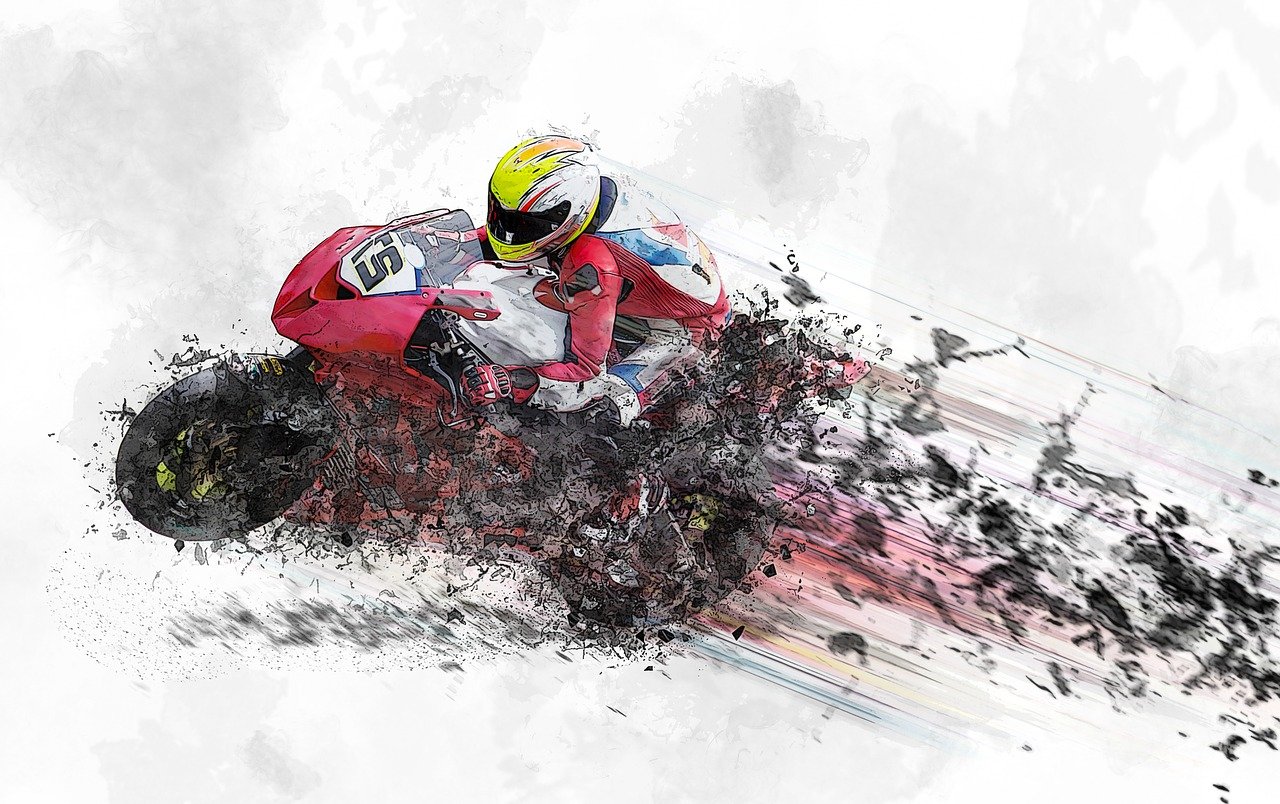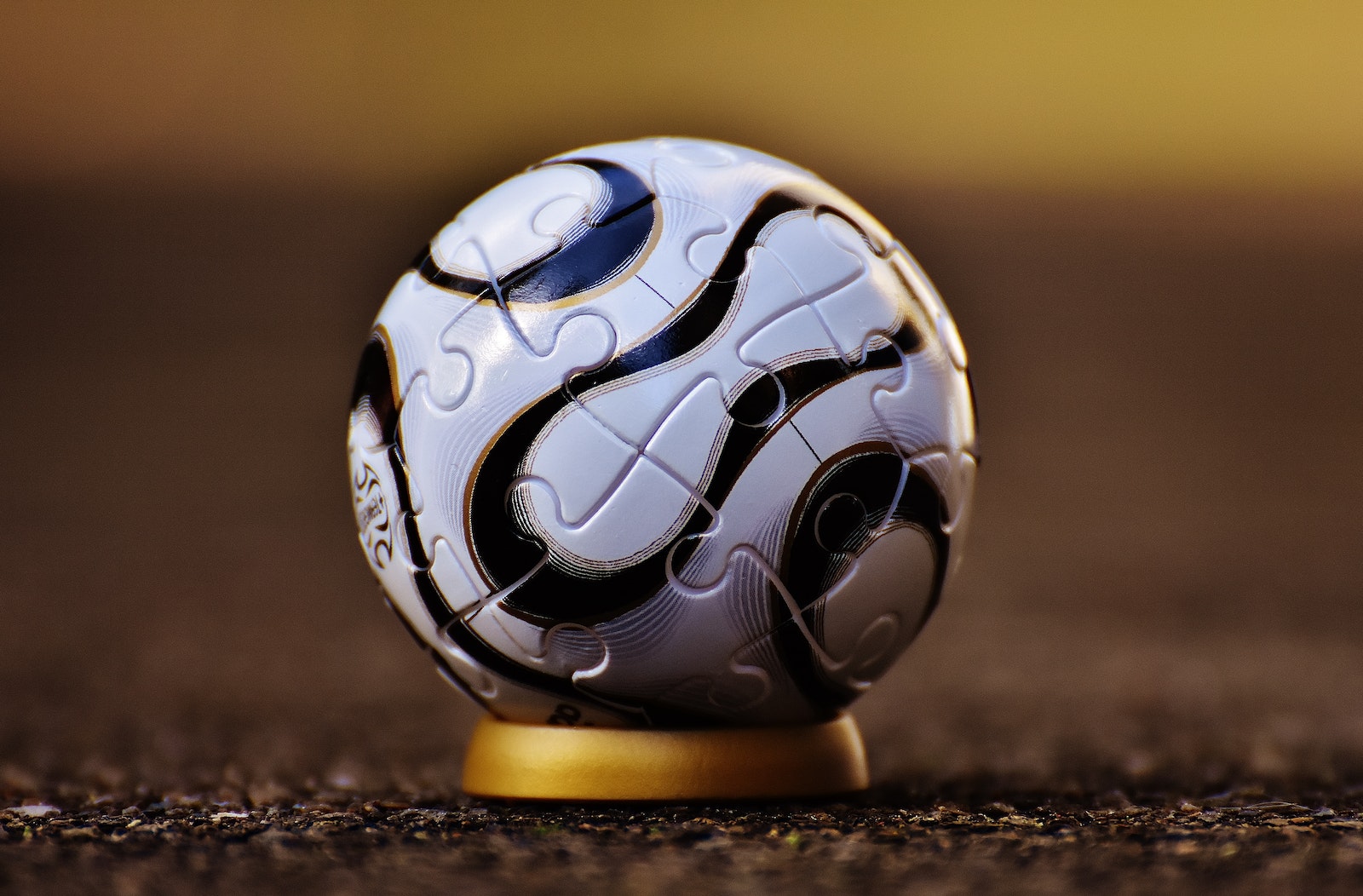Choosing the right soccer ball can make all the difference in your game. From the weight and size to the material and design, every aspect of a soccer ball can affect your performance on the field. But with so many options to choose from, how do you know which one is right for you? In this article, we will explore the key factors to consider when selecting a soccer ball, giving you the knowledge and confidence to make the perfect choice for your game. So, whether you’re a beginner or a seasoned player, get ready to kick off your search for the ultimate soccer ball. Choosing the right soccer ball is crucial for a great playing experience. With so many options available in the market, it can be overwhelming to decide which one is best suited for you. In this comprehensive guide, we will break down various factors to consider when selecting a soccer ball to ensure you make an informed decision.
Size
The size of a soccer ball is an important consideration, especially when choosing one for children or adults. For children, it is vital to select a ball that matches their age group to ensure proper technique development and safe play. Common sizes for children include Size 3 (for ages 8 and under), Size 4 (ages 8 to 12), and Size 5 (ages 12 and above). Adults typically play with Size 5 balls, as they are the standard size used in professional matches.
Materials
The materials used in soccer ball construction greatly impact its performance and durability. The most commonly used materials include leather, synthetic, rubber, and polyurethane.
Leather balls have a traditional feel and are often preferred by professional players. They offer excellent touch and responsiveness but may require additional care and maintenance. Synthetic balls, on the other hand, are more affordable and durable. These balls are suitable for all types of playing surfaces and are ideal for recreational players. Rubber balls, often used in street soccer or on hard surfaces, are highly durable and provide good bounce. Lastly, polyurethane balls are preferred for their water-resistant properties, making them suitable for wet playing conditions.

Weight
The weight of a soccer ball can greatly affect both performance and player comfort. Soccer balls come in three different weight categories: lightweight, standard weight, and heavyweight.
Lightweight balls are easier to control and maneuver, making them ideal for children and players with less experience. Standard weight balls are the most commonly used and strike a balance between control and power. They are suitable for players of all skill levels. Heavyweight balls, on the other hand, are more difficult to control but offer greater power and stability. These balls are commonly used in training sessions to improve strength and technique.
Bladder
The bladder is the internal component of a soccer ball responsible for retaining air and providing its shape and bounce. Two types of bladders are commonly used: latex and butyl.
Latex bladders provide excellent bounce and responsiveness, making them ideal for professional play. They offer a softer feel and superior performance but require more frequent inflation due to their higher air permeability. Butyl bladders, on the other hand, have lower air permeability and retain air far longer. They are more commonly used in recreational balls and offer great durability.
Some soccer balls also feature hybrid bladders, combining the best characteristics of both latex and butyl.

Durability
Durability is an essential factor to consider when evaluating a soccer ball’s performance and longevity. Two aspects that greatly impact durability are stitching and outer covering.
High-quality stitching is crucial for ensuring a soccer ball remains intact even with intense play. Look for tightly stitched panels that are reinforced with strong thread. This will prevent the ball from unraveling or losing shape over time.
The outer covering of a soccer ball can vary depending on the material used. Leather and synthetic balls are often coated with a protective layer that enhances their durability and resistance to wear and tear. Rubber and polyurethane balls, being naturally durable, require minimal additional treatment.
Surface Type
Consider the surface type on which you will primarily be playing when selecting a soccer ball. The three common surface types are grass, astroturf, and indoor.
Grass pitches require soccer balls with a good grip to ensure optimal control and playability. Look for balls with deeper and more defined surface textures to improve ball-to-surface interaction.
Astroturf surfaces, often made of synthetic grass, demand soccer balls with smoother exteriors. This will prevent excessive friction and wear on the ball while providing consistent performance.
Indoor soccer balls have a specific design to ensure optimal play on indoor surfaces such as gymnasium floors. These balls usually have a softer feel and reduced bounce to accommodate the non-grass surface.

Playing Style
Consider your playing style when selecting a soccer ball. Different playing styles demand different characteristics from a ball.
Casual play usually involves playing with friends or recreational matches. For such occasions, a basic soccer ball that offers durability and decent performance would suffice.
Training sessions, whether individual or team-based, require soccer balls with good durability and consistent performance. Look for balls specifically designed for training, which are often made to withstand intense use.
Match play demands higher-quality balls that offer optimal performance. These balls are often used in professional matches and require a balance between durability, performance, and feel.
Budget
The budget is an important consideration for many when choosing a soccer ball. Soccer balls come in a range of prices, catering to different budgets and requirements.
High-end soccer balls, often used in professional matches, are constructed with the finest materials and meticulous craftsmanship. These balls offer superior performance but come with a higher price tag.
Mid-range soccer balls strike a balance between performance and affordability. They are suitable for players who seek good performance without breaking the bank.
Budget-friendly soccer balls are ideal for beginners and recreational players. While they may not offer the same level of performance or durability as higher-priced options, they provide a cost-effective option for casual play.
Brand
Different brands offer soccer balls that vary in quality, performance, and features. It is essential to consider reputable brands known for their expertise in manufacturing high-quality soccer balls. Some popular brands include Adidas, Nike, Puma, Mitre, and Select. Each brand has its unique features and loyal customer base, so take some time to research which brand aligns most with your preferences and needs.
Customer Reviews
Reading online reviews and user feedback can provide invaluable insight into the performance and durability of a soccer ball. Take the time to browse through reputable websites and forums to gather opinions and experiences from fellow soccer enthusiasts. This will help you make a more informed decision and potentially avoid any disappointments.
In conclusion, selecting the right soccer ball is a combination of considering various factors such as size, materials, weight, bladder, durability, surface type, playing style, budget, brand, and customer reviews. By thoroughly evaluating these aspects, you can confidently choose a soccer ball that suits your preferences, playing style, and budget, ensuring countless hours of enjoyable play on the field.


